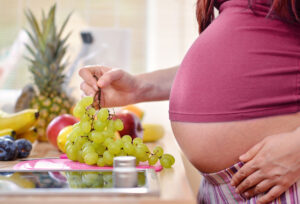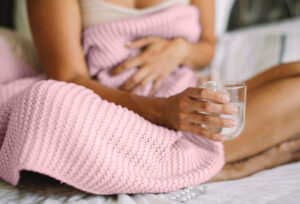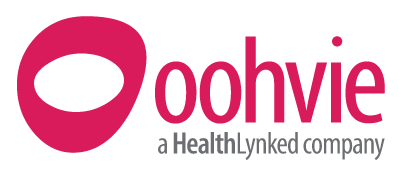
10 Nutrition Tips for Pregnant Women
During your pregnancy, you’re eating for two. That means you need to eat more, and you need to eat better. As a result, your diet
If you have a cellphone and access to the internet, then you have probably heard tell of the heated debates surrounding feminine hygiene products and the possible adverse side effects caused by chemical products used in their construction. Oohvie took a deep dive into the science of your safety for the long-term use of mainstream feminine products. Read on to get the facts.
Congress Urges Research on Feminine Products
Advocacy groups and Congress Members say stripping down ingrained gender taboos through social causes like the MeToo Movement has launched renewed interest in feminine product safety. All told, the pad, tampon, and menstrual cup industry rake in a staggering $3 billion per year, according to WebMD. Usage cautioners say with that kind of money in circulation, coupled with a taboo-driven lack of interest in female health, there is woefully little research on long-term use of these products they claim leach dioxin, carcinogens, and pesticides into the female body.
Questions of safety regarding pads and tampons have become so prevalent they have birthed the Menstrual Products Right to Know Act with staunch supporters on both sides of the House. You can read the bill in detail here. If passed, the bill will require menstrual product companies to list all of the ingredients used in their construction (WebMD, 2015).
The Public Eye & Organic Products
In recent years, the public has seen a feverish craze over organic products, everything from food to make-up to bath towels. Many of these products aren’t any better or worse than their “processed” counterparts, and in many cases, are simply exploiting new marketing verticals using the same process as their competitors. One of the more recent examples was the nationally covered story proving that about 40% of farms in the $39 billion-dollar organic food industry use the same growth methods as their non-organic competitors like pesticides and genetically modified seeds.
Is the same thing happening to the feminine hygiene industry? Critics say yes. Dioxin compounds, for example, are found throughout the environment. Medical scientists inside and outside the menstruation industry remind us that the average person is exposed to more dioxins in food or walking outside than a woman would get from her tampon. The Joint Expert Committee on Food Additives, the Food and Agriculture Organization of the UN, and WHO have all stated the levels of supposed harmful substances in feminine products are practically negligible and no cause for alarm (Forbes, 2017).
Research & Learn More
While the use of feminine products is considered safe by most health organizations, there’s always a call for more research on both sides of the debate. There’s just as little research into the long-term effects of organic women’s hygiene products as traditional products. Information will reveal the way forward in time. Until then, Oohvie encourages you to use whatever products make you feel most comfortable. Just keep in mind that products with perfumes or powders can cause irritation and yeast infections. If you still have questions, contact your provider through HealthLynked to discuss them further.
Click here to shop for organic, non-toxic tampons, pads, and menstrual cups.
References
Rubin, Rita. “Are Feminine Hygiene Products Safe?” WebMD, WebMD, 2 Nov. 2015, www.webmd.com/women/news/20151102/tampons-sanitary-pads-safety.
Senapathy, Kavin. “Everyone Calm Down About Chemicals In Tampons.” Forbes, Forbes Magazine, 28 June 2017, www.forbes.com/sites/kavinsenapathy/2017/06/28/everyone-calm-down-about-chemicals-in-tampons/?sh=5a57f6465f00.

During your pregnancy, you’re eating for two. That means you need to eat more, and you need to eat better. As a result, your diet

Periods. The word alone can cause anxiety. If you have PMS, the anxiety can be multiplied by 10. The only thing worse than your period
One of the most natural occurrences for women is their period. For many women, however, it can be hard to know what’s going on with
Copyright © Oohvie 2024 . All rights reserved. | Privacy Policy | Terms & Conditions


